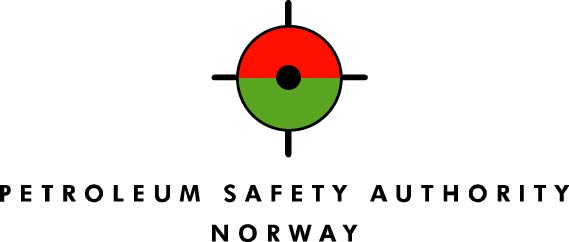 Technological development and knowledge sharing are crucial for conducting prudent operations and avoiding adverse environmental impacts in the northern reaches of the Norwegian Continental Shelf.
Technological development and knowledge sharing are crucial for conducting prudent operations and avoiding adverse environmental impacts in the northern reaches of the Norwegian Continental Shelf.
"The precautionary principle is fundamental now that petroleum activities are advancing further and further north on the Norwegian Continental Shelf", say Ellen Hambro, Director General of the Norwegian Environment Agency, and Anne Myhrvold, Director General of the Petroleum Safety Authority Norway (PSA).
Prevention and emergency preparedness were the topics of the day on Tuesday, 8 April, at "Når ulykker truer", the accident-risk seminar held by the Norwegian Environment Agency and the PSA.
Many challenges ahead
The northern waters over the Norwegian Continental Shelf pose different potential challenges than areas further south.
Low temperatures increase the risk of icing, drift ice and collisions with icebergs. It is dark for half of the year and polar low pressure systems can bring on sudden changes in the weather with driving snow and strong winds.
Distances are also long. Operations in areas without existing infrastructure present logistical difficulties for ordinary transport and for emergency response.
At the same time, the Barents Sea and northern Norwegian Sea are known to be vital feeding, spawning and nesting grounds for many species of fish and birds. The eco-system around the ice edge is especially productive, and the combination of huge biological diversity and high levels of production make these areas extremely valuable.
The responsibility rests with the companies
The role of the Petroleum Safety Authority Norway in the efforts to protect nature and the environment from harm is primarily focused on the preventive aspect – in other words, trying to stop accidents from occurring in the first place.
The Authority's position is clear: petroleum activities must be conducted as safely in the Barents Sea as on the rest of the NCS. In practice, this means that the special natural conditions in the North may require different technical solutions than further south on the Shelf.
"In areas where the current technical solutions are inadequate, the industry itself needs to produce specific recommendations for resolving the difficulties. The responsibility for operating in a prudent manner rests with the companies. The authorities monitor that the companies are properly assuming this responsibility through consents and audits", explains Anne Myhrvold of the PSA.
Is emergency preparedness good enough?
The Norwegian Environment Agency's particular interest is emergency response to acute pollution.
"We have insufficient knowledge about how emergency response measures work in the ice-filled waters in the High North. For example, how do we handle oil spills in the ice? Many experts propose burning as an effective means of removing oil between ice floes, but it is not known how effective this is for larger oil spills", says the Environment Agency's Ellen Hambro.
Another example is using dispersants to combat oil pollution. At present, these have not been sufficiently well tested in Arctic waters.
Normally, the Environment Agency requires industry to use the best available techniques (BAT) for emergency preparedness for acute pollution. But we currently know too little about how these work when oil meets ice.
"There is a need for improvements in technology and know-how for emergency preparedness in ice-filled waters. This is an urgent issue since we are already having to deal with applications for exploration drilling for oil operations on the ice edge. The oil industry has a responsibility for providing us with the basis we need to be able to regulate petroleum activities", says Hambro.
Knowledge-sharing
The key message to the industry from the Norwegian Environment Agency and the Petroleum Safety Authority Norway is to think cooperatively and holistically.
A number of the operators and rig companies in Norway have experience of high-latitude and Arctic petroleum activities in other countries. This knowledge now needs to be placed on the table, shared and systematised.
"For example, in exploration drilling, it will be advantageous to have several rigs in operation at the same time. This allows more resources to be on hand if something goes wrong", say Myhrvold and Hambro.
Shared understanding
Oil extraction is important for Norway and has broad acceptance in society. But the activity entails a risk of serious harm to the environment and natural resources.
It is important to reduce this risk as much as possible. Stringent requirements from the Environment Agency and the Petroleum Safety Authority will not solve all the problems. The oil companies need to assume their share of the responsibility. This requires cooperation and a shared understanding of which are the most important challenges.
"Precaution is the main principle underpinning our administrative activities. The industry needs to be able to say the same", is the view of the two agencies.
.


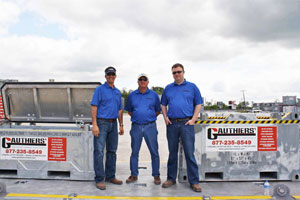 Gauthiers',
Gauthiers',  Technological development and knowledge sharing are crucial for conducting prudent operations and avoiding adverse environmental impacts in the northern reaches of the Norwegian Continental Shelf.
Technological development and knowledge sharing are crucial for conducting prudent operations and avoiding adverse environmental impacts in the northern reaches of the Norwegian Continental Shelf.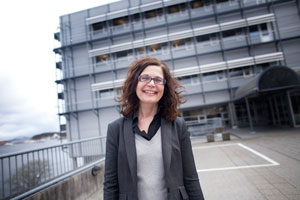
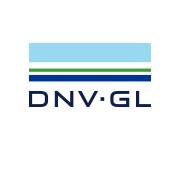 DNV GL
DNV GL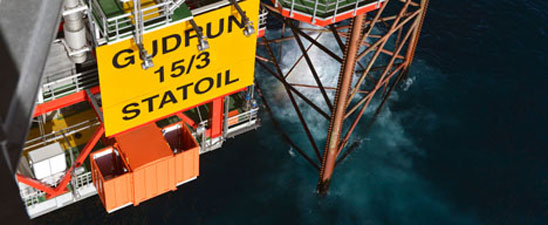 The Gudrun platform (Photo: Harald Pettersen/Statoil)
The Gudrun platform (Photo: Harald Pettersen/Statoil)
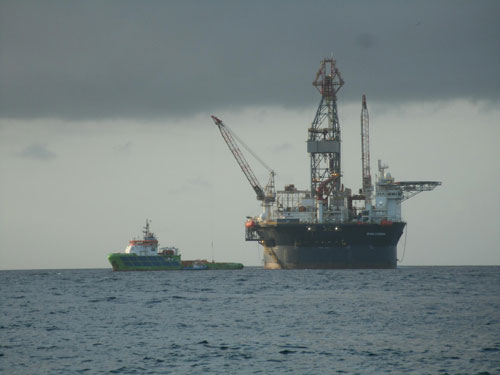 Tug Fairmount Sherpa has towed rig Sevan Louisiana safely from Singapore to Curaçao. During the 11,500 miles voyage via Cape of Good Hope, stops were made in Port Louis (Mauritius), Walvis Bay (Namibia) and Port of Spain (Trinidad) to take bunkers and for crew changes.
Tug Fairmount Sherpa has towed rig Sevan Louisiana safely from Singapore to Curaçao. During the 11,500 miles voyage via Cape of Good Hope, stops were made in Port Louis (Mauritius), Walvis Bay (Namibia) and Port of Spain (Trinidad) to take bunkers and for crew changes. ("Dolphin"), a leading provider of cargo and waste management rental equipment and related consumables in the Gulf of Mexico region.
("Dolphin"), a leading provider of cargo and waste management rental equipment and related consumables in the Gulf of Mexico region.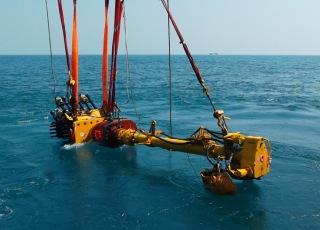 T.D. Williamson, Inc. (TDW)
T.D. Williamson, Inc. (TDW)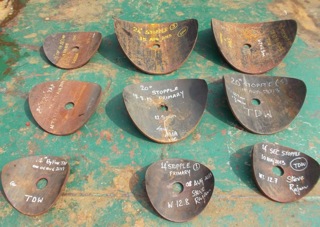 To maintain flow and facilitate the installation of the bypass lines, TDW developed a solution that required an intricate series of subsea activities: nine hot taps followed by simultaneously executing STOPPLE® plugging operations in six different locations. Because Pertamina EP required that all intervention work be completed within three months, TDW quickly mobilized equipment from North America, Europe and Asia Pacific, accompanied by a team of experienced technicians, to the hot tap and STOPPLE® plugging operation site.
To maintain flow and facilitate the installation of the bypass lines, TDW developed a solution that required an intricate series of subsea activities: nine hot taps followed by simultaneously executing STOPPLE® plugging operations in six different locations. Because Pertamina EP required that all intervention work be completed within three months, TDW quickly mobilized equipment from North America, Europe and Asia Pacific, accompanied by a team of experienced technicians, to the hot tap and STOPPLE® plugging operation site.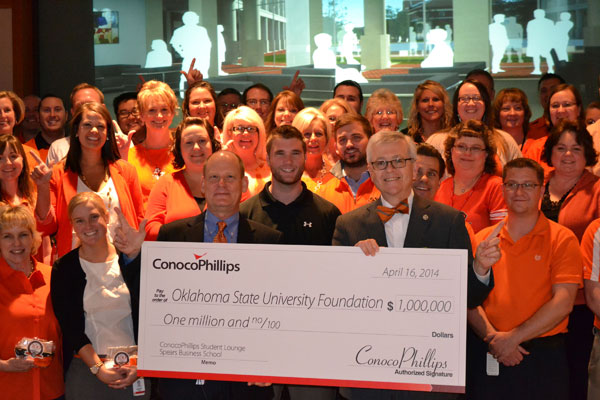 University's Spears School of Business. In appreciation for this gift, OSU is naming the building's social and collaborative area the ConocoPhillips Student Lounge.
University's Spears School of Business. In appreciation for this gift, OSU is naming the building's social and collaborative area the ConocoPhillips Student Lounge. NYC-based
NYC-based 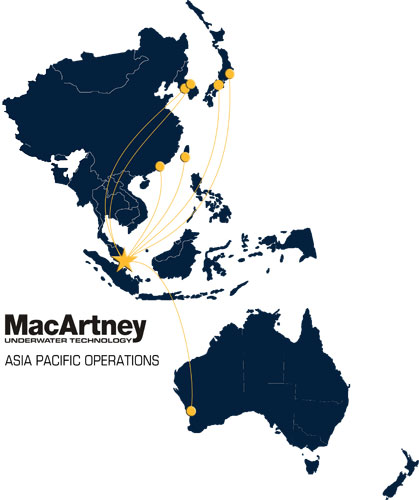 Driven by a major strategic expansion of its operations in Singapore, the
Driven by a major strategic expansion of its operations in Singapore, the 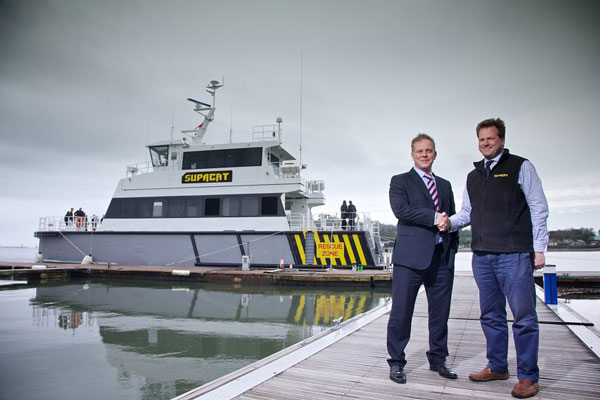 • New, Flexible, Multi-Role Dnv1a1 Wind Farm Service Code R1 classed offshore support vessel available for a range of operation and maintenance applications up to 150 nautical miles offshore
• New, Flexible, Multi-Role Dnv1a1 Wind Farm Service Code R1 classed offshore support vessel available for a range of operation and maintenance applications up to 150 nautical miles offshore As part of President Obama's all-of-the-above energy strategy to continue to expand safe and responsible domestic energy production, Bureau of Ocean Energy Management (BOEM) Director Tommy P. Beaudreau has announced that the bureau will offer more than 21 million acres offshore Texas for oil and gas exploration and development in a lease sale that will include all available unleased areas in the Western Gulf of Mexico Planning Area.
As part of President Obama's all-of-the-above energy strategy to continue to expand safe and responsible domestic energy production, Bureau of Ocean Energy Management (BOEM) Director Tommy P. Beaudreau has announced that the bureau will offer more than 21 million acres offshore Texas for oil and gas exploration and development in a lease sale that will include all available unleased areas in the Western Gulf of Mexico Planning Area. Noble Energy, Inc.
Noble Energy, Inc. 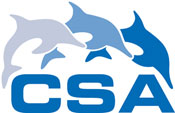
 CSA Ocean Sciences Inc
CSA Ocean Sciences Inc DW'
DW'